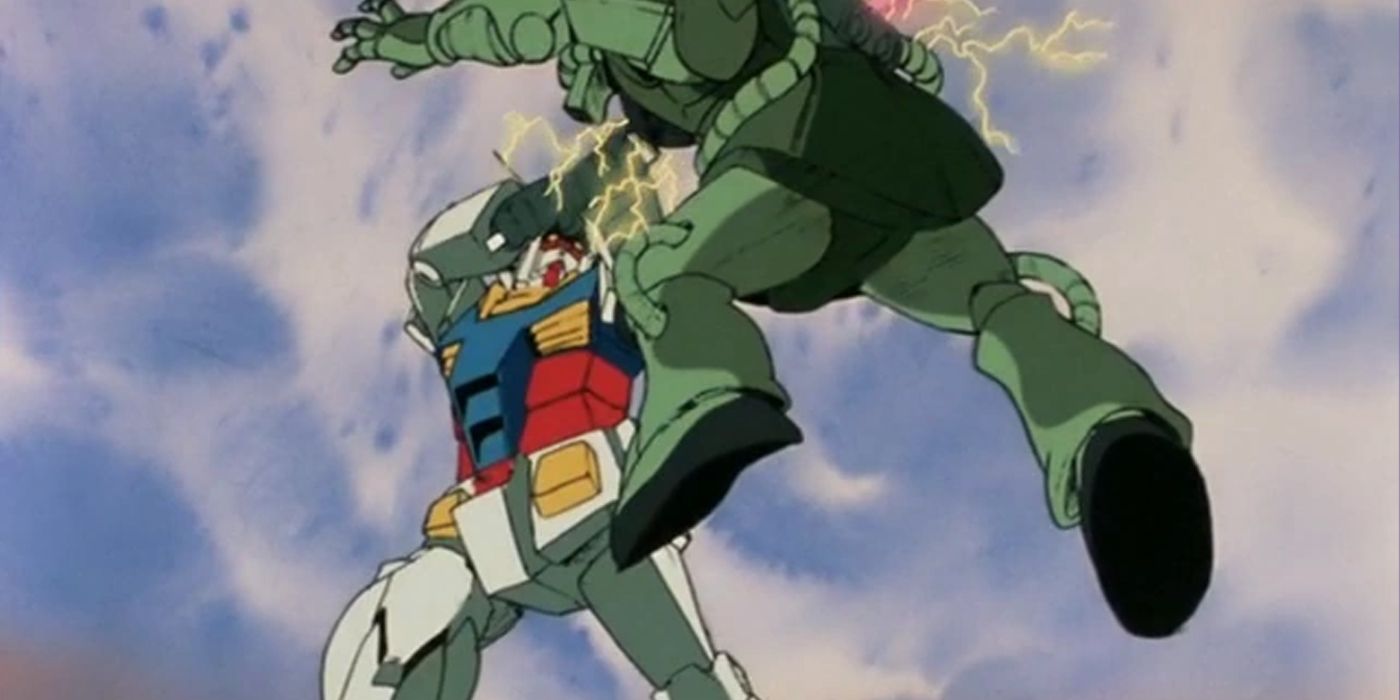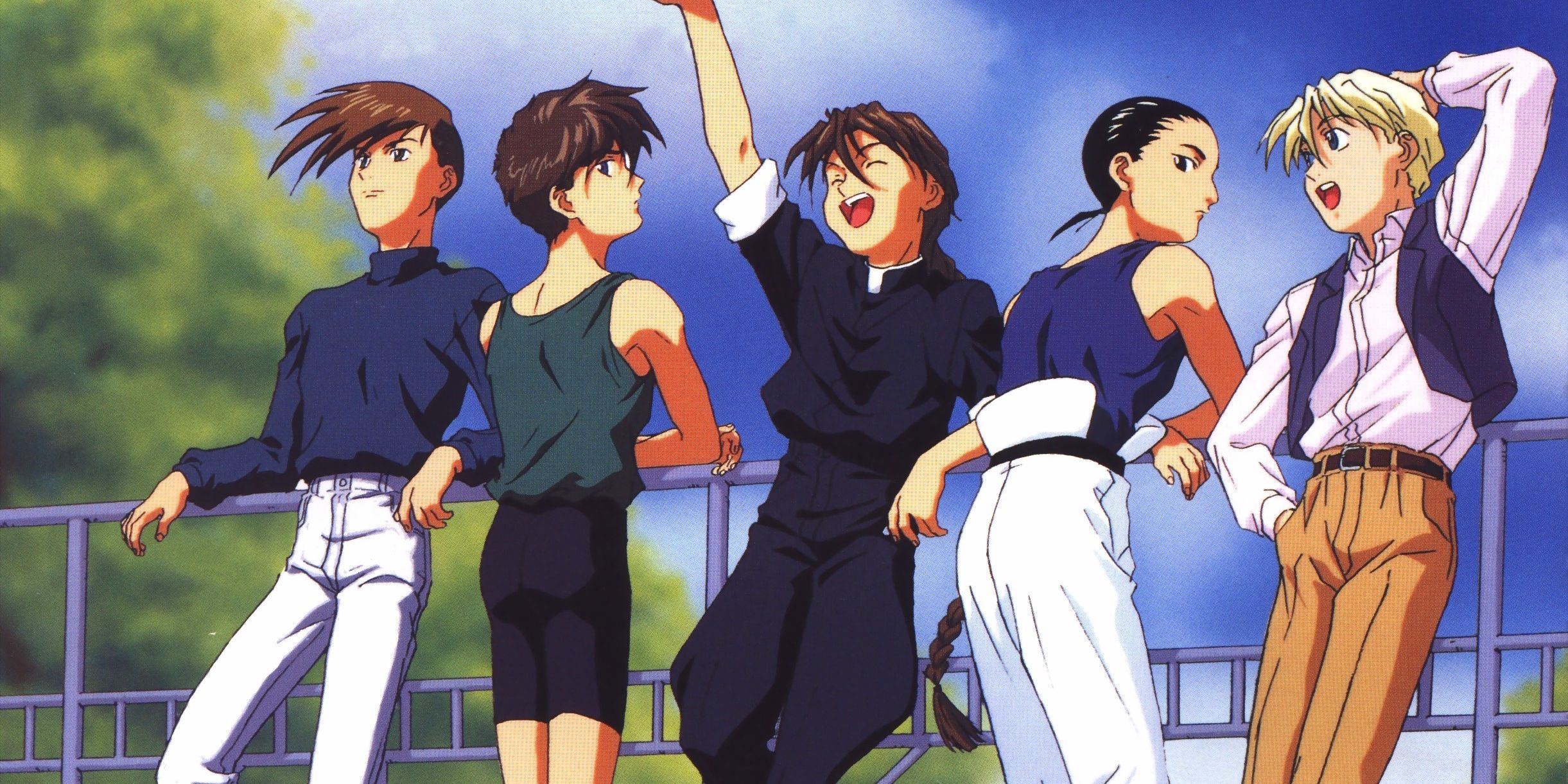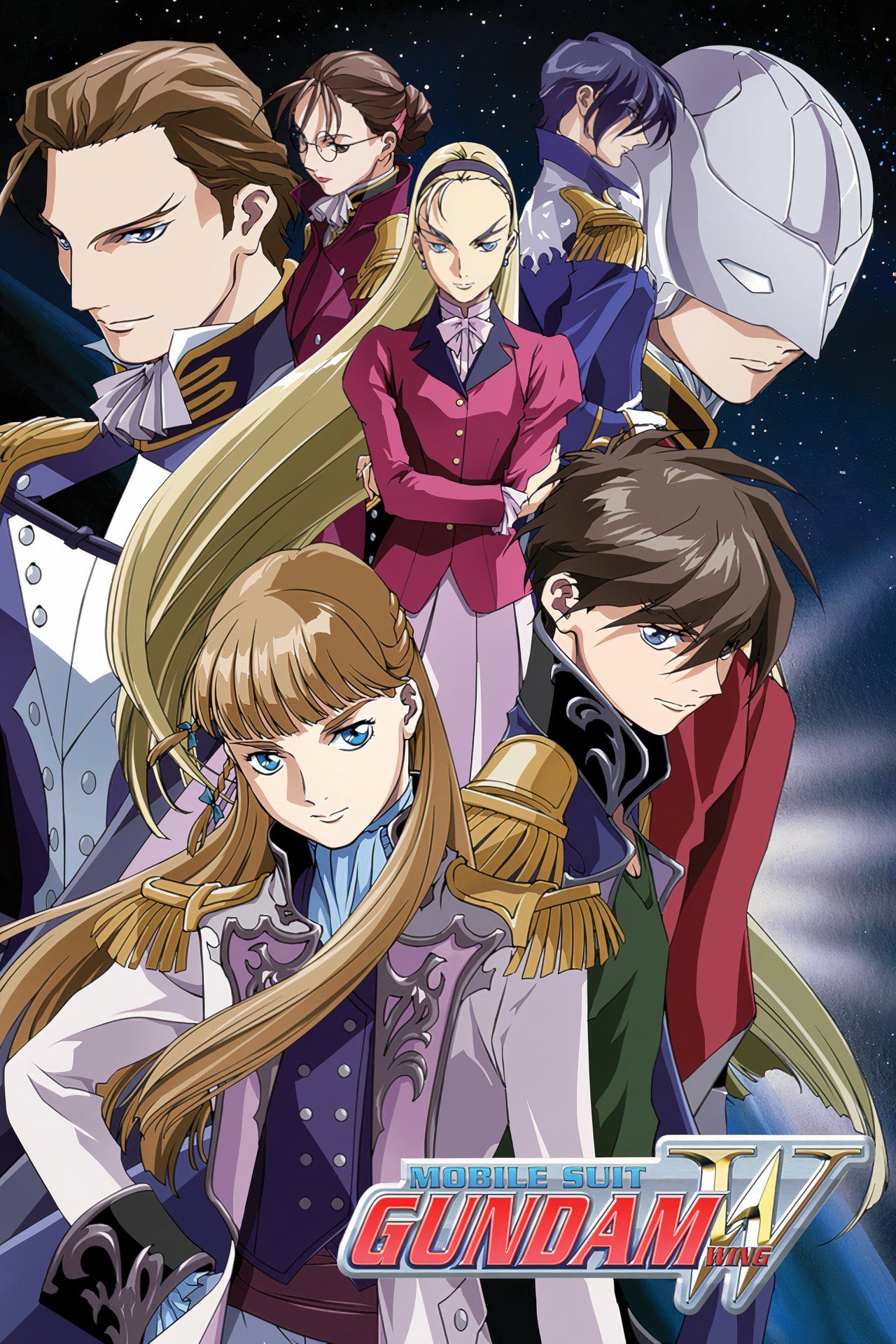Still, there was a time whenGundamanime was undeniably hot in the U.S.briefly, even dominant.
We hoped someone would bringGundamto American TV, but that wouldnt happen anytime soon.
WhenGundamfirst arrived in the U.S., it did so with a whimper, not a bang.

In 1998, Bandai releasedthe originalMobile Suit Gundammovie trilogy on home video with both subtitles and English dubs.
By then, anime fandom in the West had evolved, and tastes had shifted.
Viewers were drawn to cyberpunk-infused hits likeAkira,Ghost in the Shell, andAppleseed.

Compared to those,Gundams late-1970s animation style looked hopelessly outdated.
But then, a miracle of sorts happened.
For many American viewers, it was their very first exposure to theGundamuniverseand it made an immediate impact.

More importantly, it struck an emotional chord.
Almost overnight, interest in the franchise surged.
Some viewers explored olderGundamtitles, but one thing became clear:Wingwas the title fans couldnt get enough of.

WhenGundam Wingpremiered in the U.S., it arrived during a transformative era for anime.
Just as NSYNC and 98 Degrees topped music charts,Gundam Wingdelivered its own lineup of charismatic idols.
The Boom Fades
Can Lightning Strike Twice?

They were deeply invested in the characters, their personalities, and their evolving relationships.
Yet the early 2000sGundamboom didnt last.
Your Rating
Your comment has not been saved
Cast






